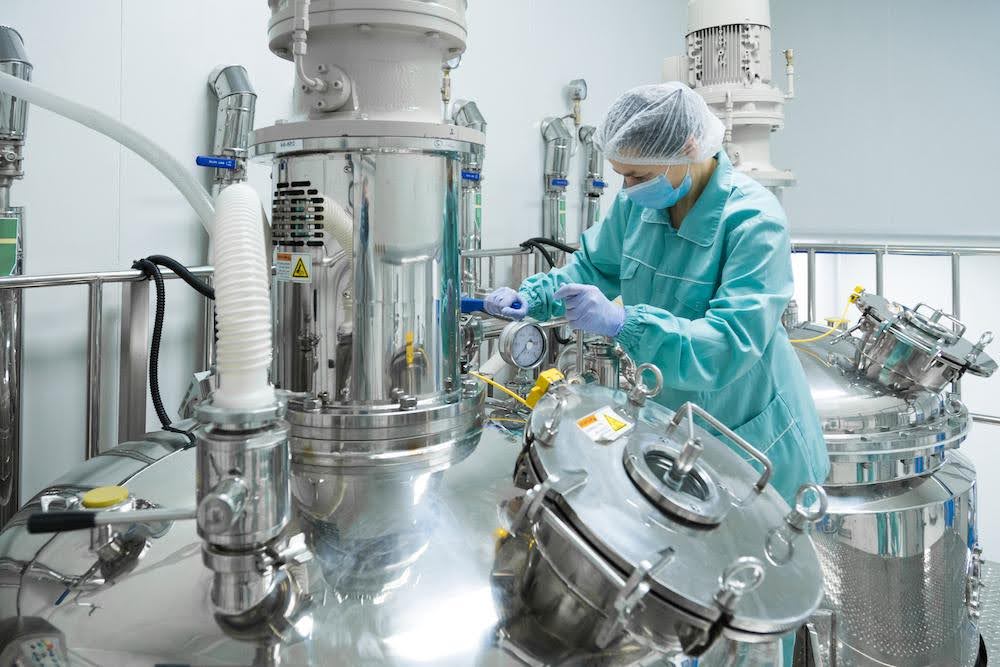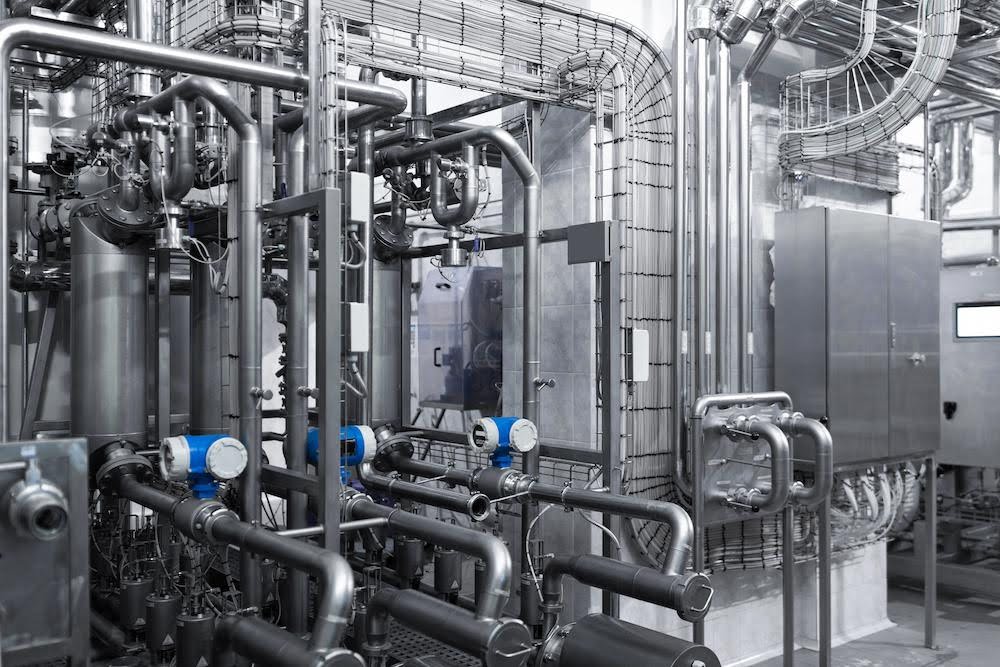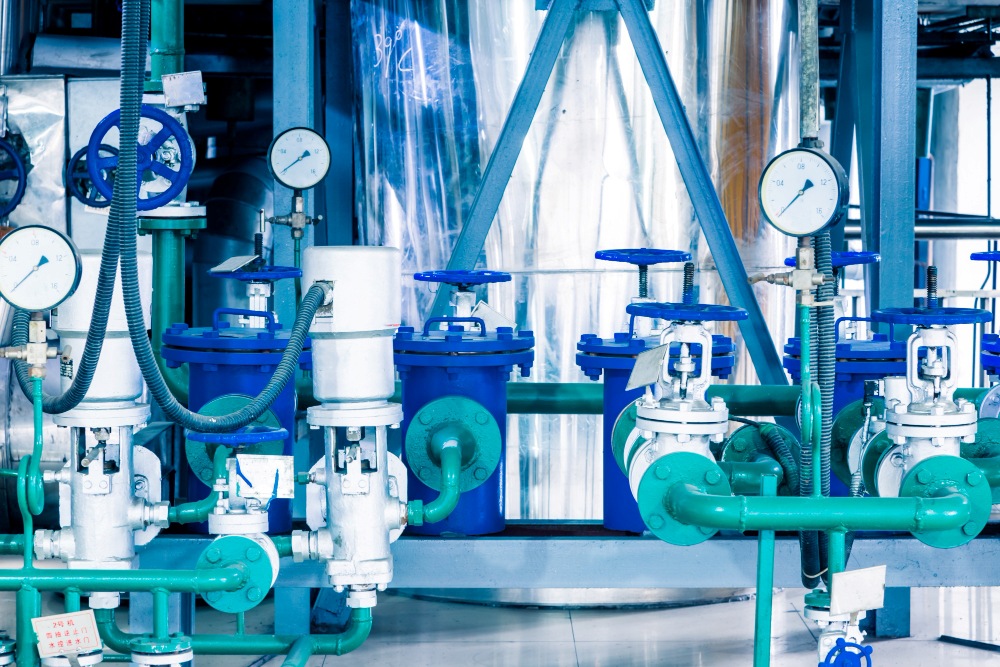Pneumatic conveying systems play a crucial role in various industries due to their ability to transport materials with speed and precision. However, like any mechanical system, they are prone to specific issues that can disrupt operations. This blog focuses on enhancing efficiency and addressing common performance issues, underscoring the importance of pneumatic conveying systems in food manufacturing.
Pneumatic Problems and Solutions
The first step in troubleshooting pneumatic conveying systems involves identifying and diagnosing prevalent issues. Here is a comprehensive look at common problems encountered and their solutions, ensuring that these systems continue to operate smoothly and efficiently.
1. Pipeline Blockage
Pipeline blockages are primarily caused by the accumulation of material within the pipes, which can be due to inadequate system design or lack of proper maintenance. These incidents and are not ideal when it comes to food manufacturing solutions, dueof the risk of contamination and downtime. Early detection through regular monitoring and inspections is key to preventing significant operational interruptions.
Management Strategies:
- Implement routine cleaning procedures to clear potential blockages.
- Optimise material flow and sequence to prevent accumulations.
- Adjust system parameters to enhance efficiency and reduce blockage risks.
2. Erosive Wear
Erosive wear occurs when particles in the conveyed material gradually wear down the components of the system, leading to inefficiency and potential failure. This type of wear not only increases maintenance costs but can also significantly reduce the lifespan of the system, which is particularly detrimental in food production where system reliability and cleanliness are crucial.
Prevention Techniques:
- Select appropriate materials for system components to withstand wear.
- Conduct regular maintenance to address any early signs of erosion.
- Monitor system performance consistently to ensure optimal operation and identify potential issues early.
3. Particle Degradation
Ensuring the materials being conveyed maintain their integrity during the process is crucial for quality control, as degradation can compromise product quality. Particle degradation often results from mechanical stress and excessive pressure within the pneumatic conveying equipment.
Minimisation Methods:
- Optimise system settings to suit the specific characteristics of the material being conveyed.
- Conduct periodic reviews of system performance to identify and address potential issues before they lead to significant degradation.
4. Condensation Issues
Condensation in pneumatic conveying systems often results from temperature differences between the conveying air and the material, or from specific environmental conditions. This condensation can cause materials to clump together, leading to blockages and negatively impacting system performance, which can compromise the quality and safety of food products in manufacturing and powder handling processes.
Mitigation Solutions:
- Insulate conveying lines to minimise temperature discrepancies.
- Control environmental conditions using dehumidification or cooling systems within the conveying line to reduce the risk of condensation.
5. Dust and Hazards
Dust poses significant health risks and operational hazards, especially in food manufacturing environments. Managing these dust-related risks is crucial to maintaining a safe and compliant operation.
Ensuring Safety:
- Implement proper ventilation systems to manage and reduce airborne dust.
- Use dust extraction systems to capture and remove dust effectively.
- Install ATEX or IECEX-rated products to minimise the hazards and risks involved with the system.
Maintaining Long-Term System Health
Regular maintenance and proactive troubleshooting are essential for ensuring the efficiency and longevity of pneumatic systems. By addressing common issues like pipeline blockages, erosive wear, and dust hazards early, businesses can significantly enhance system performance and reliability, which is vital in food manufacturing and powder handling to meet stringent health and safety standards.
Pneu Powders Systems offers specialised expertise in pneumatic conveying and powder handling solutions, ensuring your systems meet the highest standards of quality and efficiency. Partner with us to navigate the complexities of pneumatic maintenance and maximise your operational capabilities.





